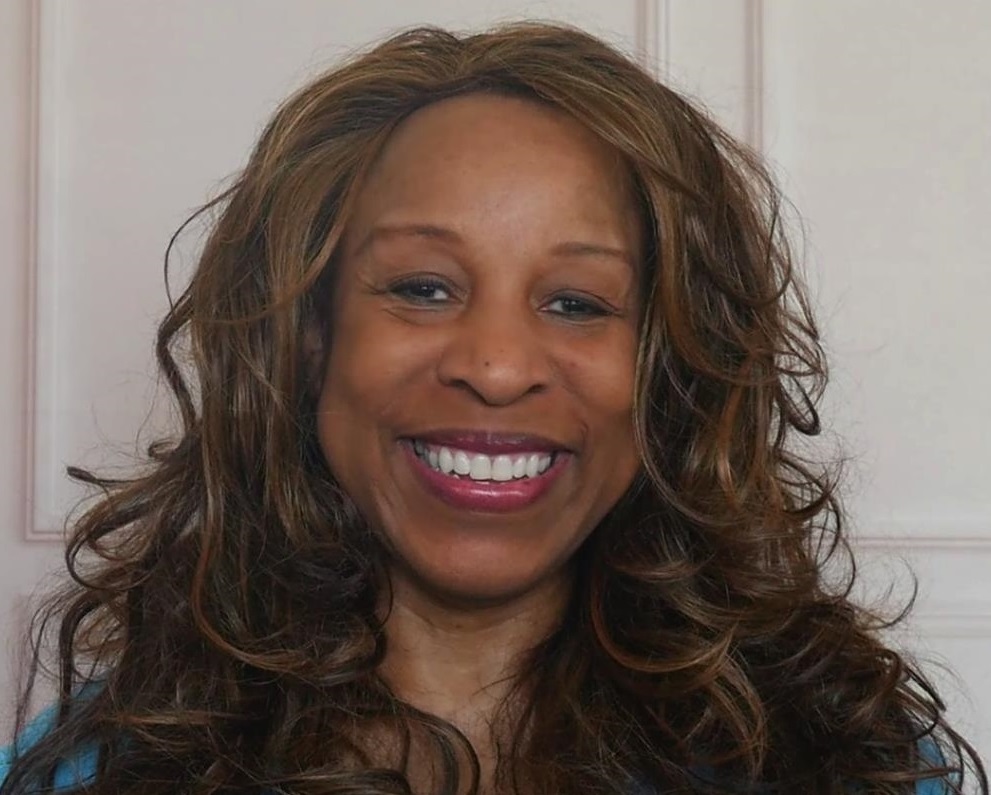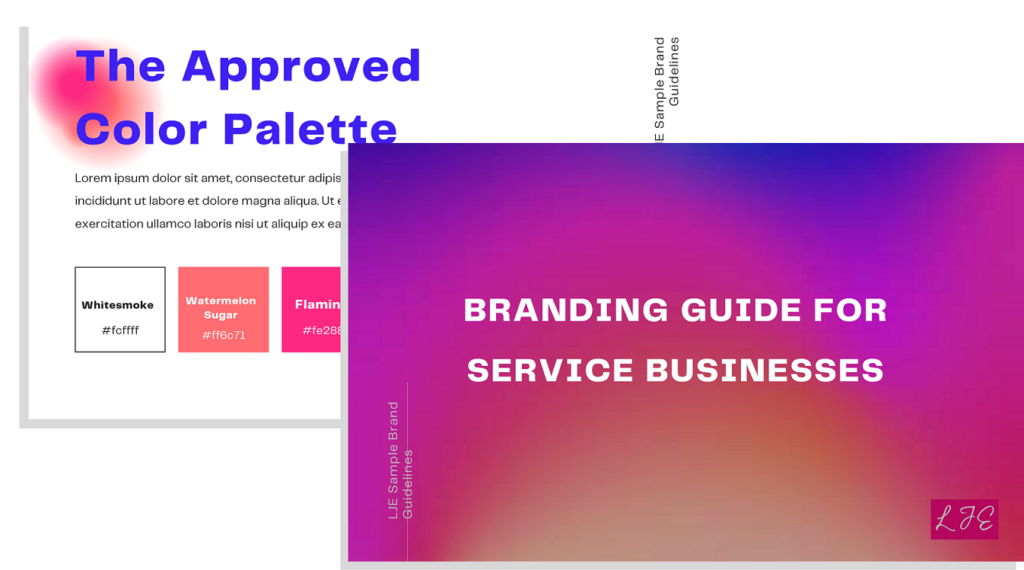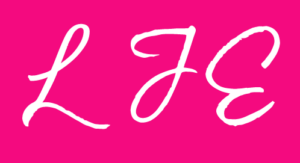How to Build Your Small Business Brand

By VICKY BROWN
You know, I always thought branding was one of two things, your logo and website, or it was so complicated that I didn’t have any idea what it really was. But in simple terms, it turns out your brand is really your company’s personality; just like we as individuals have a certain way we look, and talk, and a specific sense of humor, and perspective; that personality for a business is the brand.
Now, to start out, you are your business’ brand and your brand is you. Then as you continue to build the business’s identity and the team, the brand expands so that eventually the business branding can stand on its own. That is, if you want it to. Because in reality, in today’s small business marketing world, the founder or company head is often so closely related to the business (mostly because today’s customer wants to know who’s behind the curtain), that you may always have a role in your businesses brand.
Why worry about a brand, particularly if you’re a small business – because that’s how your customer will begin to know, like and trust you.
Think about it, if you meet someone, and their personality is wildly different the next time you meet them, and then different again the next time – you’ll have a hard time getting to know them. And you’ll most certainly have a hard time trusting who they are, because you’ll have no idea who they are. Well, it’s the same with a business. If you show up inconsistently to potential customers, they’ll have a very difficult time getting to know who you are and what the business stands for.
So, who are you, are you high end luxury, edgy and on trend, stable and reliable, or the low cost no frills alternative.
Think Nespresso vs. a generic coffee maker. Each brand has it’s place, and it’s target customer. But because of the luxury brand Nespresso has cultivated, and their high quality, they can charge a lot more. But the generic coffee maker has it’s audience too – the folks who say “look, there is no way I’m spending that much on a cup of coffee’. So, you have to figure out who you are and who your target is.
Now, on to your brand – it’s made up of external and internal elements. The external stuff is the first we all think of:l
- logo
- colors
- website
- marketing message
- materials
- processes
But, the internal elements are just as important, and in fact they’re the foundation of your brand:
- your mission and vision
- employee selection and training
So, let’s take a look at the internal elements first.
Your brand is determined just as much by who you are, as it is who your target market is. So, who are you, what’s your vision for the company, what’s the mission (meaning what are you trying to accomplish), what are your core values (the basic elements that are the foundation of how you behave – things such as honesty, dependability, fearlessness, respect.).
“…in simple terms, it turns out your brand is really your company’s personality…”
And keep in mind, your brand is also reflected in how you and your team interact with clients. So, it’s a good idea to have your Branding Guide handy when you create job descriptions or hire new team members – do they align with your core values? What about what and how you train – are you training the team on how to communicate with your clients in a way that they’re always reinforcing the brand?
OK, next is who is your target market, and why do they need your services. Think about what’s valuable to them, and since you’re most likely B2B, what stage of business are they in? It’s important to understand your target, so you can align how your brand communicates.
Now we move on to the external elements of your brand.
Define your ‘voice’. Remember earlier when I mentioned your style: high end luxury, edgy and on trend, stable and reliable, or the low cost no frills – well that comes in when you are defining your voice . The fancy name is ‘editorial voice’. It just means, what is the tone you use when you’re communicating with your audience. And, more importantly, how do you want them to feel. And remember, editorial voice extends beyond the written word, it’s images and video as well. It may take a bit of time, but when you lock down your editorial voice, you’ll have a solid backbone for everything you create going forward.
Now we get to the typical things everyone thinks about first when they think of brand – your logo, font and colors.
I know there’s a huge pull to use the cheapest option available to get your logo. And yes, there are free online resources. But remember – this logo is the graphic representation of everything we’ve discussed so far, your mission, your vision, your core values, your personality. And it will appear EVERYWHERE, for a really long time. So, it’s a good idea to get it right in the first place. Sure, you can do a re-branding later, but you’re building your business now, and introducing it to the world now, so consistency is critically important. Besides, re-branding can be an expensive exercise. So save yourself the hassle, and start with the best logo you can get.

What is a business brand – and how do you build one?
Well, the first step is to grab your free copy of the Branding Guide for Service Businesses. It will guide you step by step through the process of discovering your voice, and building your brand.
I recommend using 99designs. They’ll design a custom logo for you, based on your Brand Guide – so instead of just getting something that you think looks good, you’ll get a logo that reflects your brand identity…and looks good.
I’m not an affiliate, but I do think 99 designs is a great middle option between making something up with a free online site that doesn’t have the input of a professional designer, and the expense of hiring a marketing company.
They also offer the option of designing matching fonts, colors and style. Again, you can go the DIY option by using things like Google Fonts and a color generator like coolors.co – but it may take you a bit of time because the options are almost endless. And unless you have an eye for design, you may end up with something, shall we say, less effective than you would like. So, if you can afford it, enlist the help of a professional designer.
Next up is your website. Websites are tricky, because there are so many do it yourself options that come with templates. And you can design a perfectly functional website, using your branding guide to edit the template to suit your brand. Or, you can outsource your website to a developer or marketing company. Generally the marketing company will be the most expensive option, and the cost for a developer is a really broad range. My best advice is to talk to colleagues, get referrals and really vet them. See if a developer is the right option for you now, or if it makes more sense to use a template now and use a developer later. But, no matter what you do – remember your website needs to do more than just look good. It has to work, it has to bring in visitors, and once they get there it has to convert them. So, don’t fall into the trap of pretty but not functional.
And finally, whenever you create anything that’s client facing, use your Branding Guide to stay on track. In fact, it helps others too – if you’re doing a photoshoot, give the photographer your Branding Guide; if you’re working with a copywriter, give them your Branding Guide – in fact, any time you outsource something that has to do with communicating to your market, make sure to give them your Branding Guide so they can stay On Brand.
More than anything, your brand is everything you do, consistently – so get cracking on your Branding Guide, and refer back to it often.
